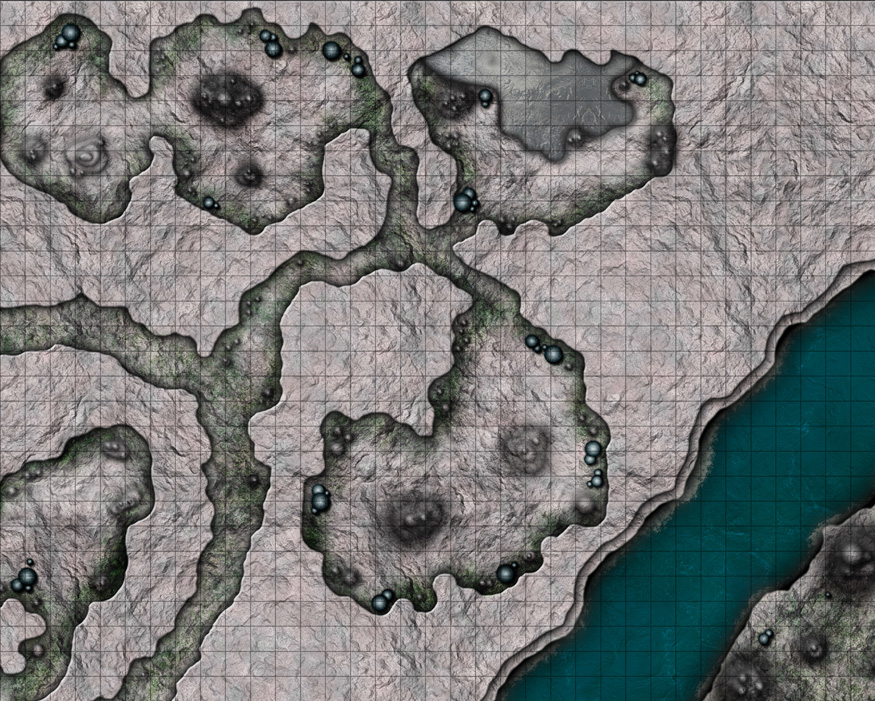

Select the start date and end date on the options panel to set the flood event duration.Īdd 30-45 days to the start date before the flood event and another 30-45 days to the end date after the flood events. The boundary color of the selected grid cell will change from black to white.Ħ.

The map will zoom to the selected country.ĥ.On the map, click on the grid boundary to select the area of interest. On the options panel, go to the Select country option.Ĥ. On the pop-up, Click Close to enable the controls on the options panelģ. FMT is a hindcast tool that allows impacts of inundation on various socio-economic sectors to be analyzed.Ģ. The tool applies a water classification algorithm to 'stacks' of historical satellite imagery derived from Landsat to reveal inundation patterns over space and time. The FMT generates inundation maps for significant floods from 1984 till the present using open Earth data. Users can easily manipulate their viewpoint and discover different aspects of the planet.Flood Mapping Tool User Guide Download User Guideįlood mapping tool (FMT) is the first tool released as part of the Web-based Spatial Decision Support System (WSDSS) to address flood-related information gaps in the currently available flood early warning and risk management systems. This virtual geologic instrument helps students with an interactive interface with plenty of options available. The digital geology information is easily obtainable with the help of Crusta, a virtual globe that allows real-time visualization. Also, they are commonly used to see if the ground is suitable for building infrastructures. The maps help reveal the available mineral resources and the costs associated with their extraction. Also, this method can reveal the faults responsible for earthquakes.īesides assessing the dangers related to the precise geographic area, geologic mapping can aid the region’s economy. They show the distribution and composition of rocks and soil, shown in a convenient 3D model. These types of maps are made using sophisticated technology using a radar that penetrates deep into the Earth’s layers, giving insights about the surface and depth.įor example, students can assess ground and water contamination, earthquake risks, volcanic activity, and possible landslides. Virtual field mapping creates interactive maps that allow you to explore the area and all of its risks.


 0 kommentar(er)
0 kommentar(er)
